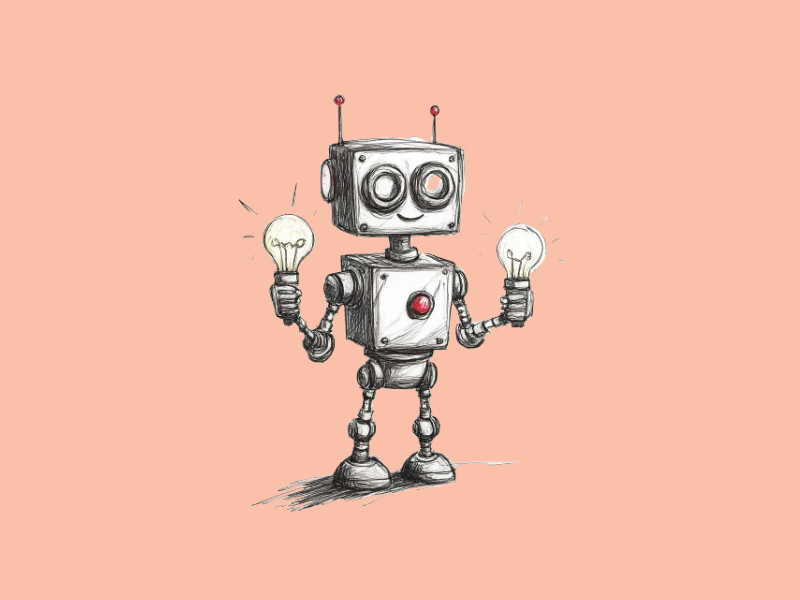The debate over AI’s energy consumption has been heating up. Critics warn that AI could strain power grids and accelerate environmental damage. A commonly cited research claims that each ChatGPT query burns through 3 watt-hours of electricity, ten times more than a Google search. But a fresh study suggests that this figure may be wildly exaggerated.
AI’s Energy Consumption: Fact vs. Fiction
A recent analysis by Epoch AI, a nonprofit research institute, suggests that the actual power usage of ChatGPT is much lower than previously believed. Their study found that the chatbot’s latest model, GPT-4o, consumes only about 0.3 watt-hours per query. That’s a fraction of the previous estimate.
Joshua You, the data analyst behind the research, noted that earlier reports were based on outdated assumptions. “I’ve seen a lot of public discourse about AI’s energy consumption, but much of it relies on old research. And estimates that don’t reflect today’s efficiency improvements.”
How Does ChatGPT’s Energy Use Compare?
To put ChatGPT’s energy consumption into perspective:
| Activity | Power Consumption (Watt-Hours) |
| Google Search | ~0.3 |
| ChatGPT Query (New Estimate) | ~0.3 |
| ChatGPT Query (Old Estimate) | ~3.0 |
| Boiling Water for Tea | ~100 |
| Watching TV for 1 Hour | ~120 |
Clearly, ChatGPT’s power draw is far less than that of common household appliances. “The energy use is really not a big deal compared to heating your home, driving a car, or even making a cup of coffee,” You explained.
AI’s Expanding Energy Footprint
While ChatGPT itself may not be as power-hungry as feared, the larger AI space is growing rapidly. AI data centers require enormous amounts of electricity, and as AI models become more complex, their energy demands will rise.
Consider these projections:
- By 2027, AI data centers could consume as much power as the entire state of California did in 2022 (~68 GW).
- By 2030, training a single cutting-edge AI model could require energy equivalent to eight nuclear reactors (8 GW).
- OpenAI and its partners plan to invest billions into expanding AI infrastructure, further increasing energy consumption.
Why AI’s Energy Efficiency Still Matters
Despite the rise in AI adoption, researchers are working on more efficient models to mitigate energy concerns. OpenAI has released GPT-4o-mini, a smaller and more power-efficient model, to reduce unnecessary energy use.
However, a new category of AI, reasoning models, could bring fresh challenges. These models take seconds to minutes to process complex queries, much unlike regular AI chatbots that respond almost instantly. These longer reasoning processes consume far more computing power. If widely adopted, reasoning models could significantly increase AI’s energy footprint.
What Can Users Do to Reduce AI’s Energy Impact?
Although energy efficiency largely falls on tech companies, individual users can make energy-saving choices:
- Use AI tools selectively: Don’t rely on AI for every task; simple searches might be more efficient on Google.
- Opt for lightweight models: OpenAI’s GPT-4o-mini uses less power than full-scale models while delivering decent performance.
- Limit unnecessary processing: Avoid uploading large files or requesting complex computations unless necessary.
The Future of AI and Energy Use
AI models are becoming more efficient and their overall energy demand continues to grow. The challenge now is balancing AI’s benefits with sustainable power consumption.

